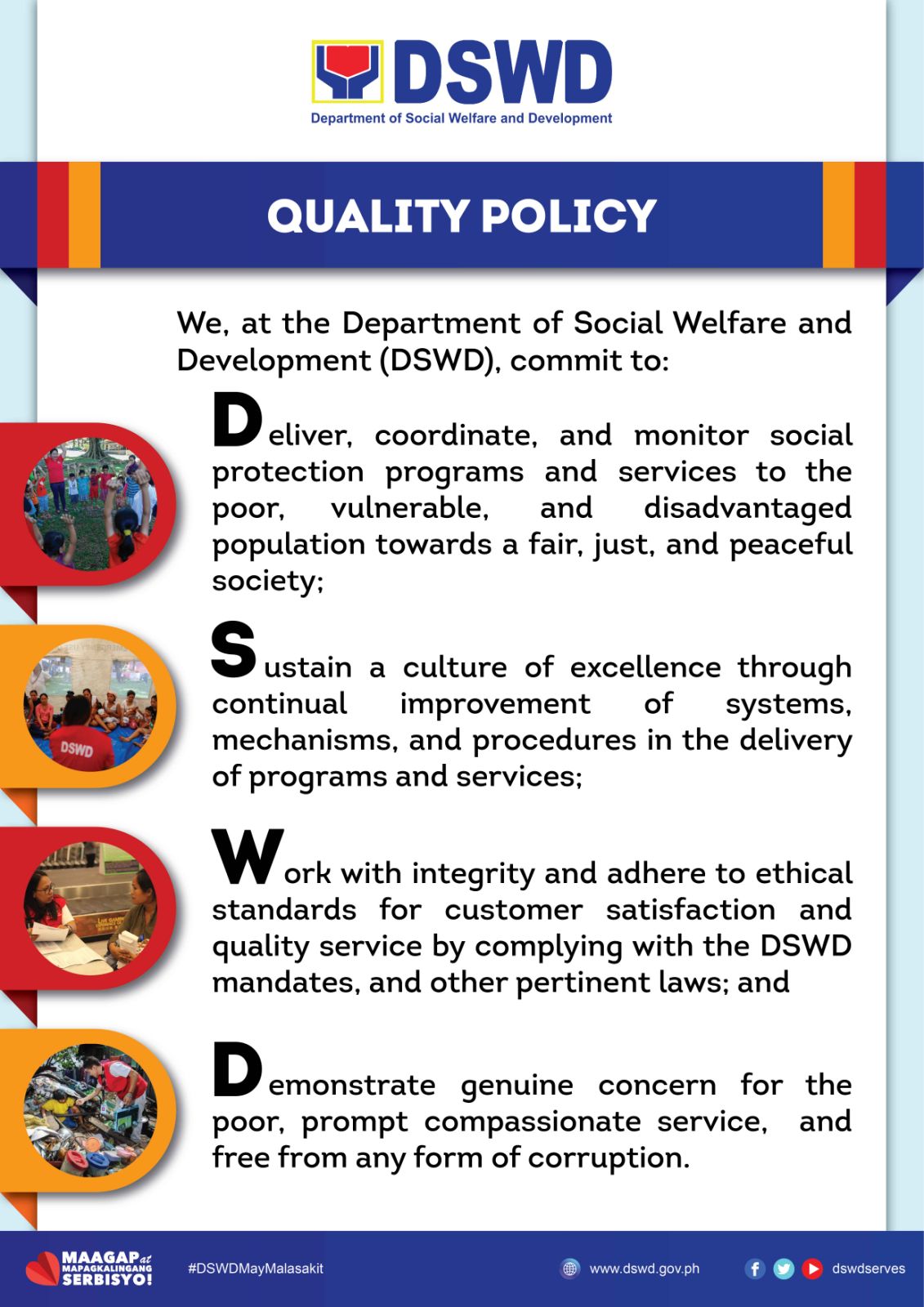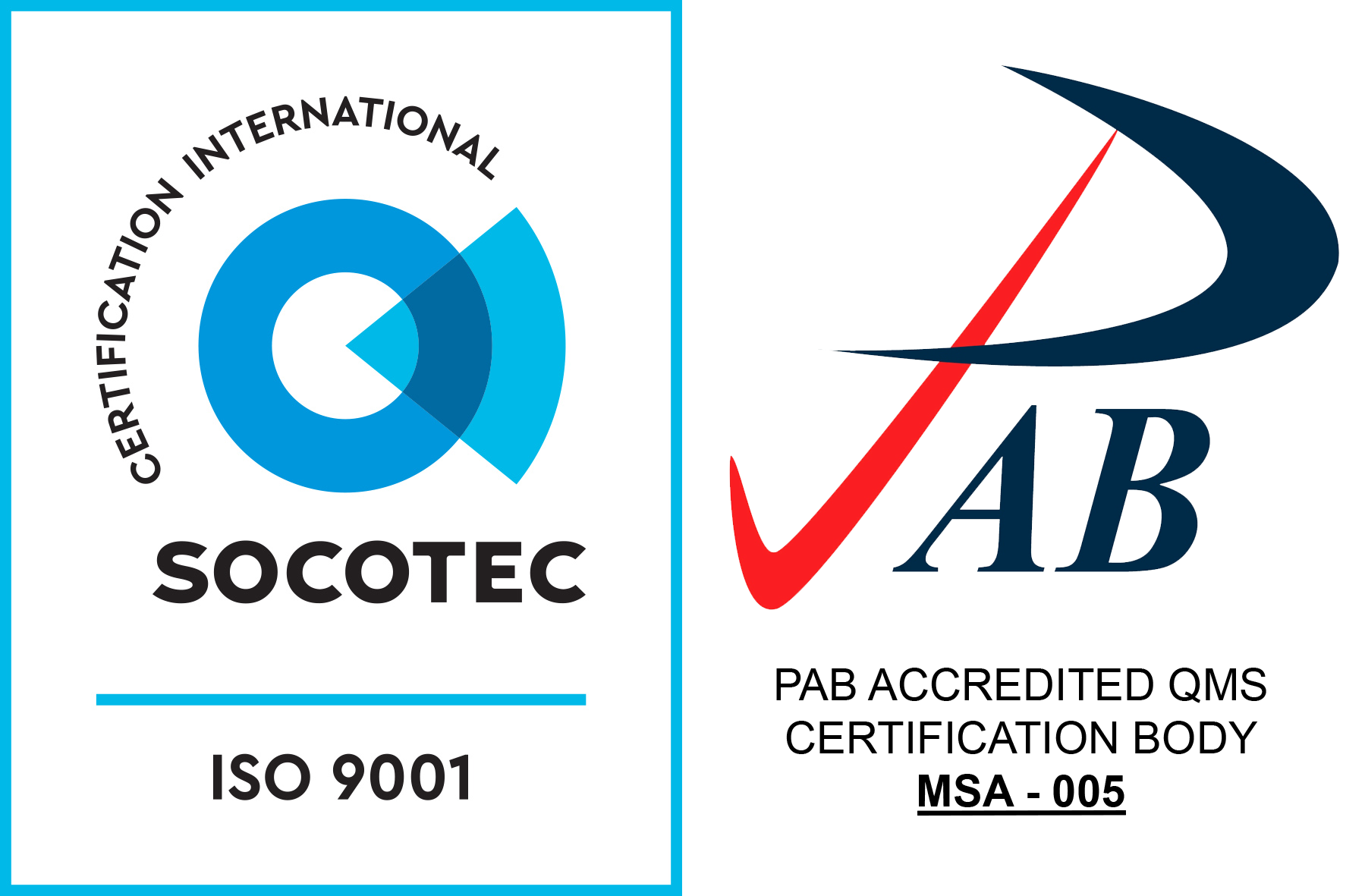Kalahi-CIDSS, otherwise known as the Kapit-Bisig Laban sa Kahirapan-Comprehensive and Integrated Delivery of Social Services, is one of the poverty alleviation programs of the Philippine Government being implemented by the Department of Social Welfare and Development (DSWD). It uses the community-driven development (CDD) approach, a globally recognized strategy for achieving service delivery, poverty reduction, and good governance outcomes.
Started in 2003, its scale-up was approved on 18 January 2013 by the National Economic Development Authority (NEDA) Board, which was headed by President Benigno Aquino III.
CDD:
- Helps communities in poor municipalities identify challenges around reducing poverty and make informed decisions on a range of locally identified options for development, including how this is made and in what form;
- Gives control of resources to address local poverty to communities; and
- Builds the capacity of both state (including local governments) and civil society stakeholders to provide assistance and respond to calls for support from poor communities as they implement development initiatives.
The development objective of Kalahi-CIDSS is to have barangays/communities of targeted municipalities become empowered to achieve improved access to services and to participate in more inclusive local planning, budgeting, and implementation.
Originally named as “Kapangyarihan at Kaunlaran sa Barangay (KKB)”, Kalahi-CIDSS (Kapit-Bisig Laban sa Kahirapan-Comprehensive and Integrated Delivery of Social Services) uses the community-driven development (CDD) approach in delivering social services and implementing local solutions to alleviate poverty.
Kalahi-CIDSS consolidated the lessons and strategies applied by two national programs that have manifested a high degree of effectiveness in poverty alleviation: the Comprehensive and Integrated Delivery of Social Services (CIDSS) Program of the DSWD of the Government of the Philippines, and the Kecamatan Development Program (KDP) of the Government of Indonesia.
In July 2002, Kalahi-CIDSS pilot-tested the 16-step process of the Community Empowerment Activity Cycle (CEAC), the platform for engaging and capacitating communities through a process of community planning and action. The site of the pilot testing was Dolores, Quezon, a fifth-class municipality, with PhP1.8 M allocated for the community projects. Six of its barangays participated in the pilot: Cabatang, Manggahan, Putol, Pinagdanlayan, Bulakin 1, and Dagatan. The field team was comprised of five members: Irene Malong as Area Coordinator, Jay Arribay, Ernesto Gimas, and Ray Camiling, as community facilitators, and Ma. Consuelo Acosta as documenter. The pilot test, which ran for six months, provided the experience and model that guided the first batch of municipalities that adopted the CDD approach.
Kalahi-CIDSS was officially approved in 2003 with funding support from the World Bank. Sec. Corazon “Dinky” Soliman served as its first National Project Director, with Undersecretary Clifford Burkley as the Deputy National Project Director, and Dir. Alexander Glova as the first National Project Manager.
The parent project ended in 2010, covering 200 municipalities. In the same year, the government granted it a bridge financing for another three years (2010-2014) in order to prepare for a scale up of CDD operations.
Under the Kalahi-CIDSS-Additional Financing, which has funding support from World Bank, 182 municipalities were covered. At the same time, the Millennium Challenge Corporation (MCC), through the Millennium Challenge Account-Philippines (MCA-P), provided a grant that covered the implementation of 164 municipalities nationwide, 102 of which were new municipalities to implement CDD (the remaining 62 were previously covered by the parent project).
In response to a strong demand from partner LGUs and communities and the support of the Human Development and Poverty Reduction Cluster (HDPRC), the DSWD proposed to scale up CDD into a national program to be called National Community Driven Development Program (NCDDP).
Both NCDDP and its parent project Kalahi-CIDSS use CDD (Community-Driven Development) as the over-all community development approach and strategy.
The CDD approach ensures that development priorities are addressed in a participatory, collective, inclusive, and in demand-driven way. This is done through localized decision-making during social preparation activities, and in the identification, development, prioritization, establishment, and operationalization of community projects.
NCDDP will support implementation of the national government current thrust to accelerate achievement of the MDG goals and to halve poverty by 2015. NCDDP shall be able to use the following advantages of the CDD approach in poverty reduction:
- Ability of the CDD approach to deliver social, economic and good governance outcomes, proven by the experience and external impact evaluation results of the KALAHI-CIDSS project of DSWD;
- Positive economic costs and benefits analysis of CDD-supported KALAHI-CIDSS community projects, showing high overall and sub-project-level economic rates of return;
- The acknowledgement in the Philippine Development Plan 2011-16 of CDD as an effective approach in social development programs delivery;
- Endorsement of LGU local chief executives of the CDD approach based on their experience in the KALAHI-CIDSS project; and
- Ability of the CDD process to coordinate and expedite channelling of local and national government resources into poor municipalities, considering size of poverty and population.
The NCDDP will support Kalahi-CIDSS CDD operation and expansion, as well as integration of CDD with the Human Development and Poverty Reduction Cluster's (HDPRC) Bottom Up Planning and Budgeting (BUB) process in selected municipalities.
Specifically, NCDDP will implement the following:
- Institutionalize performance-based CDD support for municipalities that have finished at least 4 cycles of old and existing Kalahi-CIDSS municipalities which have participated in four or more Kalahi-CIDSS funding cycles;
- Continue CDD operation in existing KALAHI-CIDSS municipalities and expand into new targeted poor municipalities;
- Integrate Kalahi-CIDSS CDD and LPRAP-BUP process in common municipalities of the NCDDP and HDPRC, for more systematized community participation in local poverty reduction action;
- Institutionalize capacity building and learning on CDD for community volunteers, partner national government agencies, LGUs, CSOs and other partners;
- Support integration of the role of provincial LGUs in Bottom Up Planning and Budgeting and CDD, particularly in provinces with high concentrations of NCDDP municipalities; and
- Continue support for the government’s DSWD convergence of CCT-CDD-Livelihood Conditional Cash Transfer (CCT) Program by providing needed health and education social infrastructure facilities in target CCT areas, thereby enabling the Program’s beneficiaries to comply with the requirements of the conditional cash transfer program.
Development Objective of NCDDP:
To have barangays/communities of targeted municipalities become empowered to achieve improved access to services and to participate in more inclusive local planning, budgeting, and implementation.
NCDDP aims to:
- Empower communities by treating them not as passive recipients of assistance and services but as partners in development;
- Improve local governance by improving people’s engagement with and access to their LGUs, thereby making it more democratic and participatory;
- Reduce poverty by implementing barangay-level projects that respond to the communities’ felt needs and problems.
NCDDP is expected to achieve the following benefits for communities:
- Better access to basic services;
- Improve core local poverty indicators in project municipalities;
- Increase percentages of households that report an increase in knowledge, skills, and confidence to participate collectively in local governance activities in project municipalities;
- Improve the attendance of members from marginalized groups in barangay assemblies
NCDDP is guided by the principles of LET-CIDSS:
- Localized decision-making. Communities decide on which projects will be implemented.
- Empowering. People are capacitated so they will become better prepared in managing community issues and problems, as well as in the planning, mobilization, implementation, and resource management of their projects.
- Transparent. A multi-level monitoring system is followed, wherein NGOs, media, and other groups are encouraged to do independent monitoring of Kalahi-CIDSS.
- Community prioritization. The participating barangays are tasked with submitting a proposal about their chosen projects in the MIBF. The community will then evaluate these proposals and identify which of these will be prioritized for funding.
- Inclusive and multi-stakeholder. Everyone in the barangay is involved in every step of the process of project implementation, from the creation of the proposal to the implementation and management of the project.
- Demand-driven. Communities are encouraged to prioritize their own needs, participate in the design of their own projects, and make decisions on how resources are used.
- Simple. All procedures and components of the project are kept simple to enable all stakeholders to easily and understand and become fully involved in the Project.
- Sustainable. All barangay projects will have viable long-term plans for operations and maintenance and sustainability.
Some of the recognitions received by Kalahi-CIDSS are:
- World Bank: Top 5 best practices in project design among 200 selected projects worldwide (Quality Assurance Group, 2003)
- Asian countries: Learning laboratory on poverty reduction with government officials from Indonesia, Vietnam, Mongolia and Nepal conducting study tours to Kalahi-CIDSS municipalities.
- Civil Society: Perfect scorecard, as rated by 92 non-government and people’s organizations, because of the Project’s engagement with civil society organizations (2005)
- Government agencies: Presidential Citation for the Project’s Outstanding Contribution to Poverty Alleviation (2010), Good Practice Award from NEDA under the Category of Strategies in Achieving
- Desired Sector Outcomes (2010), Best Public Sector Project, as awarded by the Regional Council of Western Visayas (2006)




